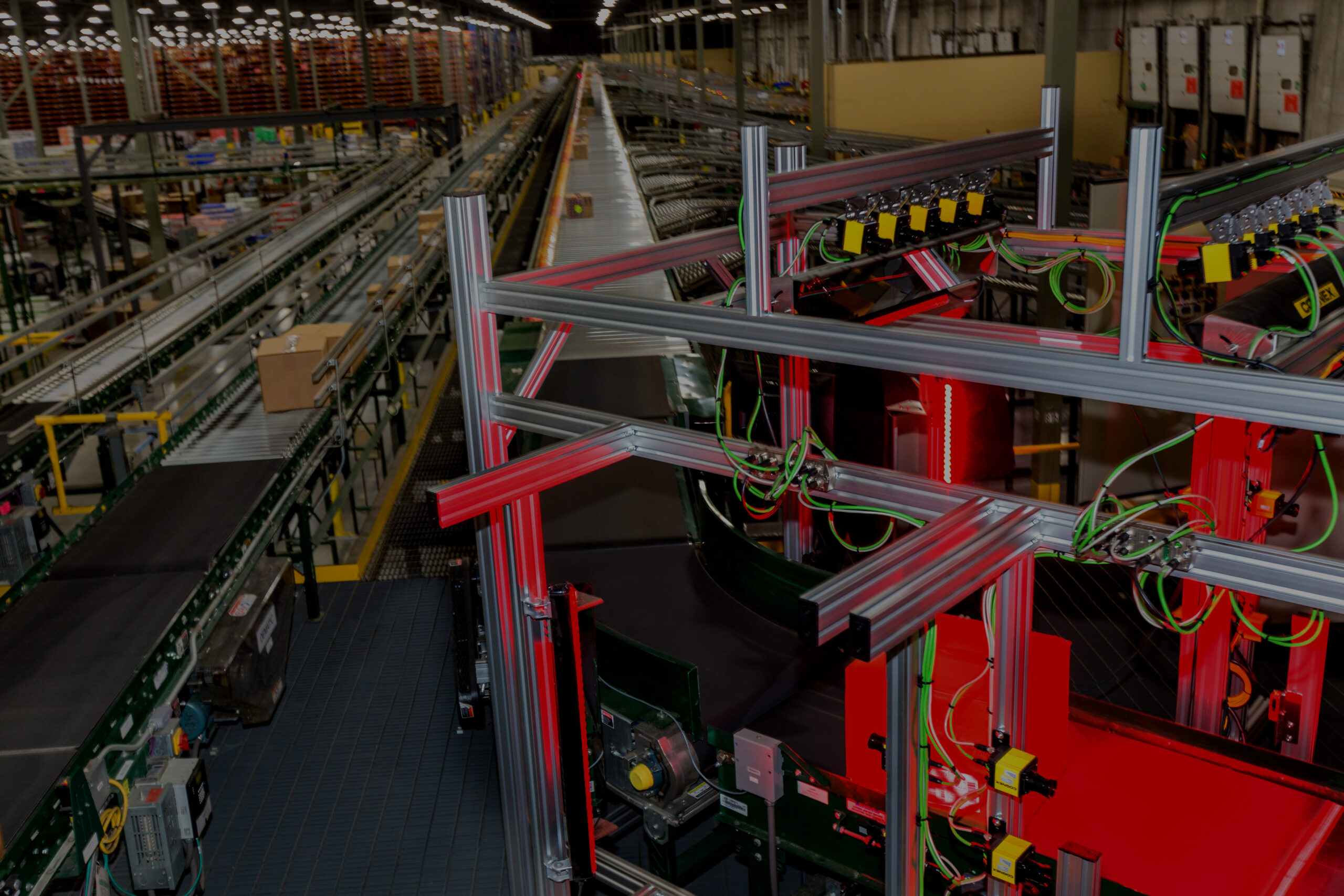In today’s rapidly evolving trade landscape, retailers face unprecedented challenges as new tariffs reshape global commerce. With the recent wave of tariff implementations affecting virtually all major trading partners, retailers should consider developing structured approaches to monitor, analyze, and respond to these changes. This blog explores how to establish an effective Tariff Task Force to navigate these turbulent waters.

Reasons for Establishing a Tariff Task Force Now
The current tariff environment is characterized by volatility and complexity, including the end
of de minimis exemptions for goods from China and Hong Kong.
A dedicated Tariff Task Force provides an organizational structure to help monitor developments,
assess impacts, and implement strategic responses in real-time.
Core Components of a Tariff Task Force
1. Cross-Functional Team Composition
Bring together expertise from across your organization for your Tariff Task Force:
- Supply Chain Leaders: To assess sourcing vulnerabilities and identify alternatives
- Finance Specialists: To model cost impacts and pricing implications
- Merchandising Experts: To evaluate product mix adjustments and category strategies
- Legal Advisors: To navigate compliance requirements and explore tariff engineering options
- Government Affairs Representatives: To monitor policy developments
- IT Support: To implement systems for tracking tariff impacts across your product portfolio
This cross-functional approach provides for a comprehensive analysis and coordinated response.
2. Data Infrastructure and Analytics
Effective decision-making requires robust data capabilities:
- Product-Level Tariff Exposure Database: Map your entire product catalog
to relevant tariff codes and countries of origin - Cost Impact Modeling Tools: Develop scenario-based models to quantify potential cost increases
- Supplier Risk Assessment Framework: Evaluate supplier vulnerability to tariff changes
- Competitive Intelligence System: Monitor competitor responses to identify threats
and opportunities - Consumer Sentiment Tracking: Gauge how tariff-related price changes might
affect purchasing behavior
These data systems should provide real-time dashboards for executive decision-making.
3. Scenario Planning and Response Protocols
Prepare for multiple futures with structured scenario planning:
- Develop 3-5 Tariff Scenarios: From best-case to worst-case,
including potential retaliatory measures - Create Pre-Approved Response Playbooks: Define triggers and corresponding
actions for each scenario - Establish Decision Rights and Escalation Paths: Clarify who can make
which decisions under what circumstances - Implement Regular Simulation Exercises: Practice responses to sudden tariff changes
This preparation allows for rapid, coordinated responses when tariffs change.
Implementing Your Tariff Task Force: A 30-Day Roadmap
Week 1: Foundation Building
- Appoint a senior leader as Tariff Response Coordinator
- Assemble the cross-functional team
- Conduct initial tariff exposure assessment across your product portfolio
- Establish regular meeting cadence and communication protocols
Week 2: Data Infrastructure Development
- Build or enhance product-level tariff tracking systems
- Develop initial cost impact models
- Create supplier risk assessment framework
- Establish competitive intelligence monitoring
Week 3: Scenario Development and Response Planning
- Define key tariff scenarios
- Develop response playbooks for each scenario
- Establish decision rights and escalation paths
- Create executive dashboard for tariff impacts
Week 4: Testing and Refinement
- Conduct simulation exercises
- Refine response playbooks based on simulation results
- Train broader organization on tariff response protocols
- Establish ongoing monitoring and refinement processes
Real-World Success: Retailer Case Study
We saw a multi-category retailer implement a Tariff Task Force in
early 2025 following the initial wave of new tariffs.
Their approach included:
- Daily morning briefings on tariff developments
- Weekly scenario planning sessions
- Bi-weekly executive reviews of tariff mitigation strategies
Within 45 days, they had:
- Identified alternative sourcing for 30% of their most tariff-vulnerable products
- Negotiated cost-sharing arrangements with key suppliers
- Developed targeted pricing strategies for categories with highest tariff exposure
- Implemented consumer communication plans to explain necessary price adjustments
Conclusion: Beyond the Crisis
While a Tariff Task Force is an effective mechanism for navigating the current volatility, it also builds capabilities that create a long-term competitive advantage. The cross-functional collaboration, data infrastructure, and scenario planning skills developed now will serve your organization well beyond the current tariff situation.
In an era where global trade patterns are fundamentally shifting toward what some analysts call “slowbalization” – the slowdown of global trade and economic integration
– these capabilities will be increasingly valuable.
By establishing your Tariff Task Force today, you’re not just responding to immediate challenges – you’re building the organizational muscles needed to thrive in the post-globalization era that appears to be emerging.
This blog is part of our ongoing series on navigating the changing tariff landscape. Stay tuned for our next installment on targeted actions in merchandising.
All content provided herein is for educational purposes only. It is provided “as is” and VEYER does not warrant the accuracy of the information provided, nor does it assume any responsibility for errors, omissions or contrary interpretation of the subject matter herein. The information provided herein should not be relied upon as a replacement for professional legal or regulatory advice.




